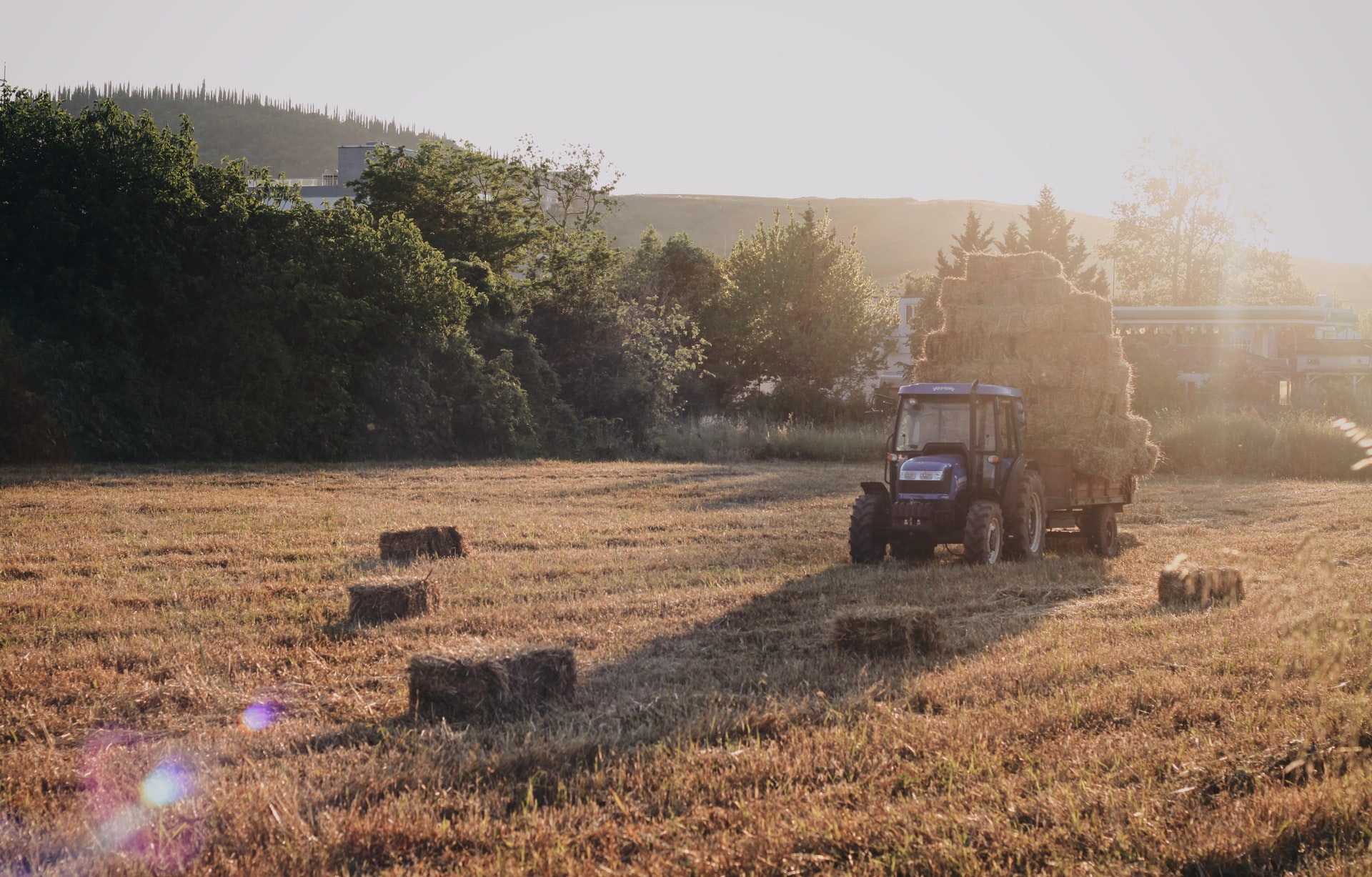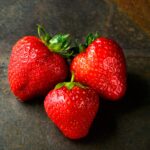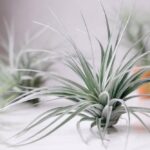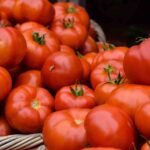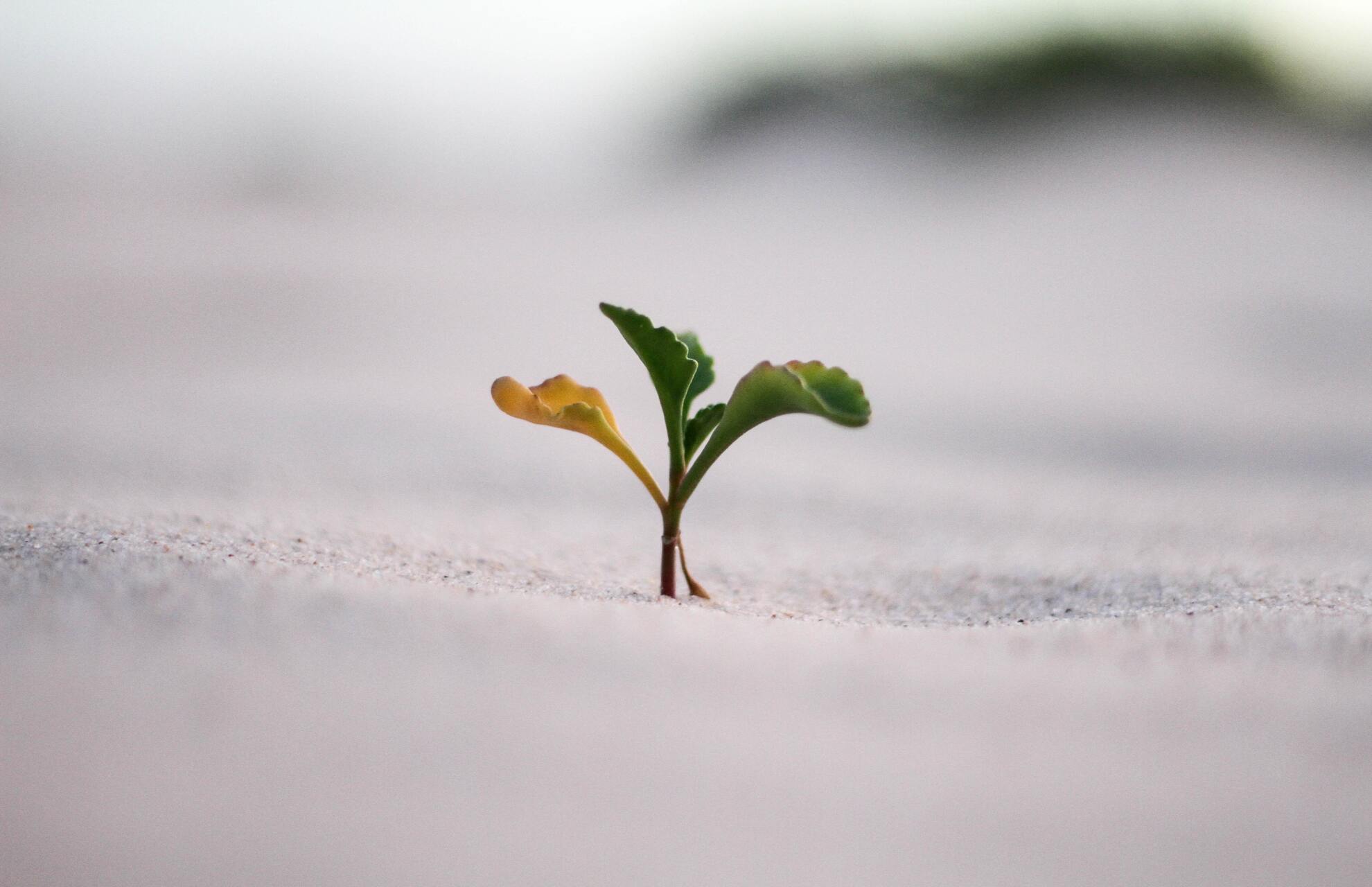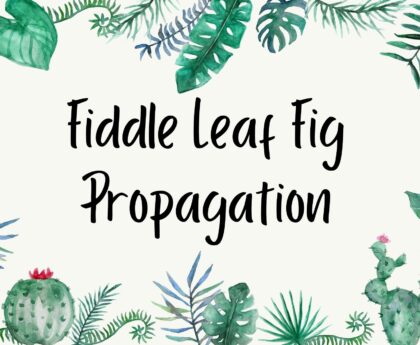Nowadays, people use the phrases hay and straw interchangeably, and it makes little difference in most circumstances. For example, during a gathering, we say we went on a hayride even if the carts were packed with straw rather than hay. The phrase “straw ride” just doesn’t have the same ring to it.
In a garden, though, getting the two mixed up might lead to future difficulties. Hay and straw are both commonly used as weed control mulch in the garden, although the effects can vary greatly.
Hay is a crop cultivated and collected to feed cattle, horses, and other agricultural animals. Straw, on the other hand, is a byproduct of a grain harvest; in our location, we typically see wheat straw.
Hay
Hay is a fodder that is widely fed to horses, cattle, and other livestock. Hay is farmed largely for its nutritional content, and it is harvested before the plant produces seeds, which would reduce its nutritious worth. Hay contains high-quality fiber as well as other nutrients that animals require to thrive.
Straw
Straw is the plant’s stem that remains after the grain or seeds have been collected. Straw is not farmed specifically for the purpose of creating straw; rather, it is a byproduct of other sorts of farming. Straw plants have already used up a major portion of their available nutrients in the grain or seed they produce; straw is the plant’s remaining stalks after harvest. Straw is a low-quality fodder source.
The Difference Between Hay And Straw
Don’t panic if you believed hay and straw were the same thing. You are not alone yourself. Many people, including those from rural America, might get perplexed.
This little instruction should assist people who are having difficulty distinguishing between hay and stray. Let’s start with straw.
Straw is a grain byproduct that is yellow or golden in color. In other terms, it is a wheat byproduct. Straw, unlike hay, is not commonly utilized as cattle feed since it is not very nutritious, particularly dry straw. Straw is manufactured by cutting and shaping the hollow stocks left over after grain harvesting.
Straw is a light and fluffy material that makes great animal bedding. It may also be used as mulch, keeping the soil wet and preventing the top layer from drying up. Straw may also be used to crush weeds and compost over time.
Hay, on the other hand, is a legume-based crop. This contains alfalfa and clover, as well as grasses including Bermuda, fescue, and oat. Hay is a sort of green grass that is used to feed cattle. Depending on the nutritional demands of the animals, different varieties of hay will be offered to them. Working horses, for example, will be fed hay that is high in carbs and protein.
Hay is formed by collecting plants while they are still alive, usually before the seed develops. After that, the hay is dried. It is critical that hay bales do not have an excessively high moisture content. If hay becomes too wet, it can mildew and become unfit for animal feed. Hay is very useful for animals such as cows, goats, horses, and sheep when there is no grass available.
Many people are astonished to find that a hay bale with a high moisture content may really catch fire. This happens as the temperature within damp hay bales rises during the breakdown process.
Anyone wanting to acquire hay bales should be careful not to get straw bales instead. Straw and hay are frequently packed in the same way, and many garden retailers refer to a bale as straw whether it is hay or straw. While farmers will understand the distinction, many weekend gardeners may not.

